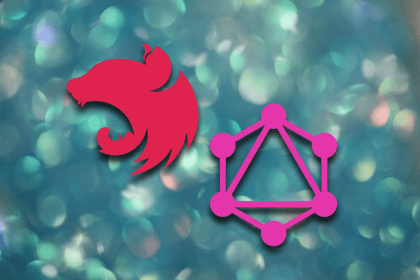
Let’s take a look at NestJS routes and controllers, including what they do, how they work, and advanced use cases.

Learn how to use NestJS to build an application with TypeORM, a strong object-relations-management library built with TypeScript.

In NestJS, creating a custom module to reuse is quite simple and is, above all, encouraged.

Configuring these three popular tools takes a little bit more work than you’d think. Get started with NestJS, Vite, and esbuild in this post.

Integrate the object-relational mapping tool, Dynamoose with a NestJS app to manage data models when working with unstructured data.

This tutorial provides an overview of NestJS and demonstrates how to implement JWT user authentication on a NestJS API.

Caching specifically helps speed up an application’s performance. In this article, we’ll look at how to add caching functionality to a NestJS app with Redis.

Speed up data loading in your NestJS apps with DataLoader, a generic utility with an API that provides batching and caching functionality.

Learn about the issues caused by circular dependencies in Nestjs, including how to avoid or work around them, in this complete guide.

Using NestJS, GraphQl, and React, learn how to create a base pagination system that can be customized for any type of data or scenario.

NestJS is a powerful, easy to use, full-stack Node framework. LoopBack is a microframework and is considered when Database, REST API, AAA, and Swagger are needed.

In this tutorial, we’ll explore how to build a simple NestJS ecommerce app, demonstrating many of Nest’s major features along the way.